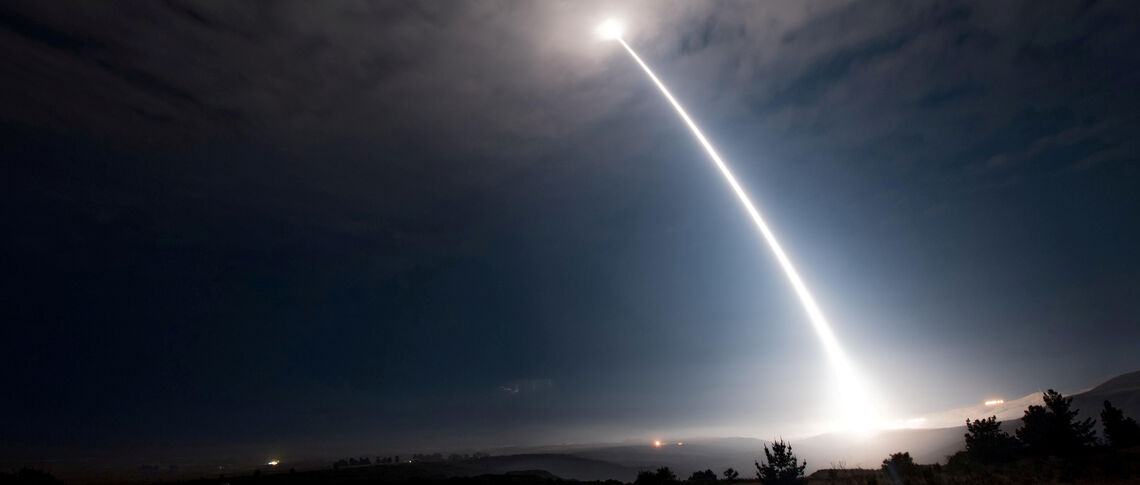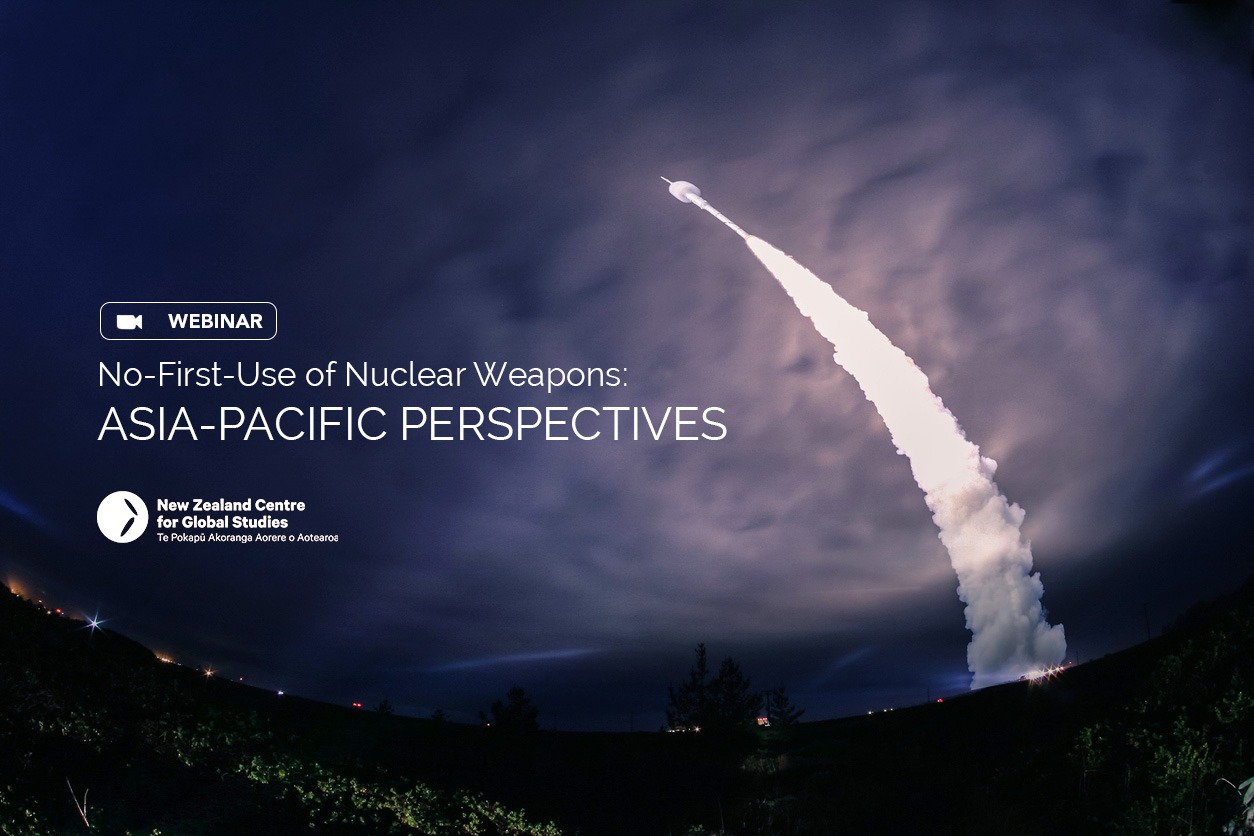A ‘no first use’ (NFU) policy is an official commitment by a nuclear-armed state that it will not be the first to use nuclear weapons against any adversary under any contingency. By making such a declaration, the state confirms its use of nuclear weapons will be restricted solely to retaliation and only against a nuclear attack. Consequently these weapons will never be used for preventive, pre-emptive or coercive (nuclear blackmail) purposes.
An NFU policy is therefore fully compatible with the threat of use for the purposes of nuclear deterrence. It is related to but distinct from sole purpose declaration, in that strictly speaking, if the only purpose of nuclear weapons is to deter their use by an adversary, then should deterrence fail, nuclear weapons may not be used in retaliation. Under NFU, retaliatory strikes with the bomb are permissible.
This indicates the first set of criticisms of NFU that come chiefly from the purist anti-nuclear activists and pro-nuclear disarmament advocates. If nuclear weapons have always been immoral and are now also illegal with the adoption (July 2017) and entry into force (January 2021) of the Treaty for the Prohibition of Nuclear Weapons (TPNW or Ban Treaty), then calling for NFU is a retrograde step. It violates the Ban Treaty in three crucial respects accepting the continued possession of nuclear weapons, the legitimacy of nuclear deterrence, and the use of nuclear weapons for retaliation against a nuclear attack.
The risk of nuclear war is real
The problem with this is it makes the best the enemy of the good. More than 13,000 nuclear weapons exist. Eliminating them is a goal shared by all disarmament advocates but it must be done safely and securely and this will take time. Meanwhile not one of the nine possessor countries has given the slightest indication of moving towards elimination. While the only guarantee of non-use ever again is total elimination, in the meantime reducing the risks of nuclear use by design, mistake or accident is a critically important goal in its own right. For make no mistake: the risks of nuclear war are real and in recent years have escalated in Europe, the Middle East, the Pakistan-India-China triangle, the Korean Peninsula and East Asia.
“There is little military cost or disadvantage to adopting NFU.”
The second set of criticisms come from possessor states. On the one hand, seven of them hold fast to the belief that NFU would increase the risks that are inherent in the reality of a nuclear world in which we actually live, as opposed to one in which we would wish to live. On the other hand, they argue that the policy is essentially meaningless, an empty and unenforceable promise tantamount to virtue signalling.
Both concerns are mistaken. There is little military cost or disadvantage to adopting NFU. Unlike typical arms control advances, this can be done unilaterally without painstaking negotiations. China and India are committed to NFU, backed by nuclear force postures, doctrines and deployments that give credence to the declaratory policy. This was one likely reason why despite their deadliest military clashes since 1967 in June 2020, neither side feared crossing the nuclear threshold. NFU acted as an effective crisis stabiliser.
The final set of criticisms come from allies that shelter under the US nuclear umbrella. Should the umbrella be folded and removed, NFU critics warn, the push for independent nuclear deterrents will gain momentum in some countries. But the reality is that any use of nuclear weapons would open the gates to hell whose all-consuming flames would know no geographical borders. The first-use posture is a Cold War legacy. Its logic breaks down once nuclear weapons are used and the empirical reality is transformed from peacetime deterrence to fighting an actual war with nuclear weapons.
How NFU can defuse tension
The credibility of the US nuclear umbrella for guaranteeing the security of allies, like that of nuclear deterrence for assuring national security, rests in the invulnerable second-strike capability to retaliate against any nuclear attack on US or allied territory or personnel. Conversely, there are no conceivable circumstances in which Washington could be called upon to launch a first strike. If the adversary is not nuclear-armed, the moral and political price of the use of nuclear weapons would be too high for the threat of first use to be credible. If the adversary is nuclear-armed and has credible second-strike retaliatory capability, a first-use posture is not credible because the resulting nuclear war would ensure that the territory of allies becomes Ground Zero. Why would allies find this a reassuring proposition?
The only rational strategy is to threaten but not actually use nuclear weapons first. But if carrying out the threat would be national suicide, the threat is not credible and a non-credible threat cannot deter. Thus what is important is not a first-use policy but credible second-strike capability. An NFU policy, backed by appropriate nuclear force posture and deployment patterns, is a critical step back from nuclear brinksmanship while shifting the onus of escalation on the adversary.
“Critics underestimate the potential benefits of NFU and exaggerate its possible military and diplomatic costs.”
NFU helps to lift the shadow of nuclear weapons over the calculus of decision-making. It avoids the need for forward deployment, launch-on-warning postures, and pre-delegation of authority to battlefield commanders, thereby significantly dampening the prospects of accidental and unauthorised use. It would facilitate the removal of US tactical weapons from Europe. It counteracts crisis instability by reducing the pressure on decision-makers to ‘use or lose’ their nuclear arsenal. Thus where a first-use posture can heighten the dangers of a crisis between nuclear adversaries by incentivising a pre-emptive strike to avoid a surprise first-strike decapitation, an NFU can help to defuse them.
A global NFU convention?
Critics underestimate the potential benefits of NFU and exaggerate its possible military and diplomatic costs. NFU no more guarantees non-use than a first-use policy guarantees use. But NFU does lower nuclear temptations, deepens strategic stability and reduces nuclear threats in comparison to first-use. The physical qualities of nuclear forces and infrastructure would be reconfigured to make them unsuitable for offensive actions. A credible NFU policy would induce targeting restraint, reduce alert levels, and mute modernisation plans. NFU would also reinforce the normative weight of the taboo, deepen the illegitimacy of any first use of nuclear weapons and devalue the currency of nuclear weapons.
The doctrines and postures of any one nuclear-armed state have cascading effects on all others. US doctrine, declaratory policy and nuclear force posture in particular exert a legitimising pull on other nuclear-armed states; how could it be otherwise? With a declaratory US policy backed by follow-up operational measures, others would be a little bit more confident about not being subjected to a decapitating first strike. The US could lead a push with China and India to negotiate a global NFU convention as the centrepiece of a nuclear restraint regime. Pressures for both vertical proliferation among adversaries fearing surprise attack and for horizontal proliferation among non-nuclear-armed states would deescalate. First-strike postures, pre-emptive capabilities and destabilizing war-fighting strategies would be curtailed.
It would also speak to the world’s humanitarian concerns on nuclear weapons. Following four years of Donald Trump as the disruptor-in-chief of the global nuclear order, NFU would make America respected again as a responsible custodian of world order. The renewed moral authority would give it credibility to resume nuclear leadership, for example to sponsor parallel resolutions in the UN Security Council and General Assembly to reaffirm that a nuclear war cannot be won and must never be fought.


